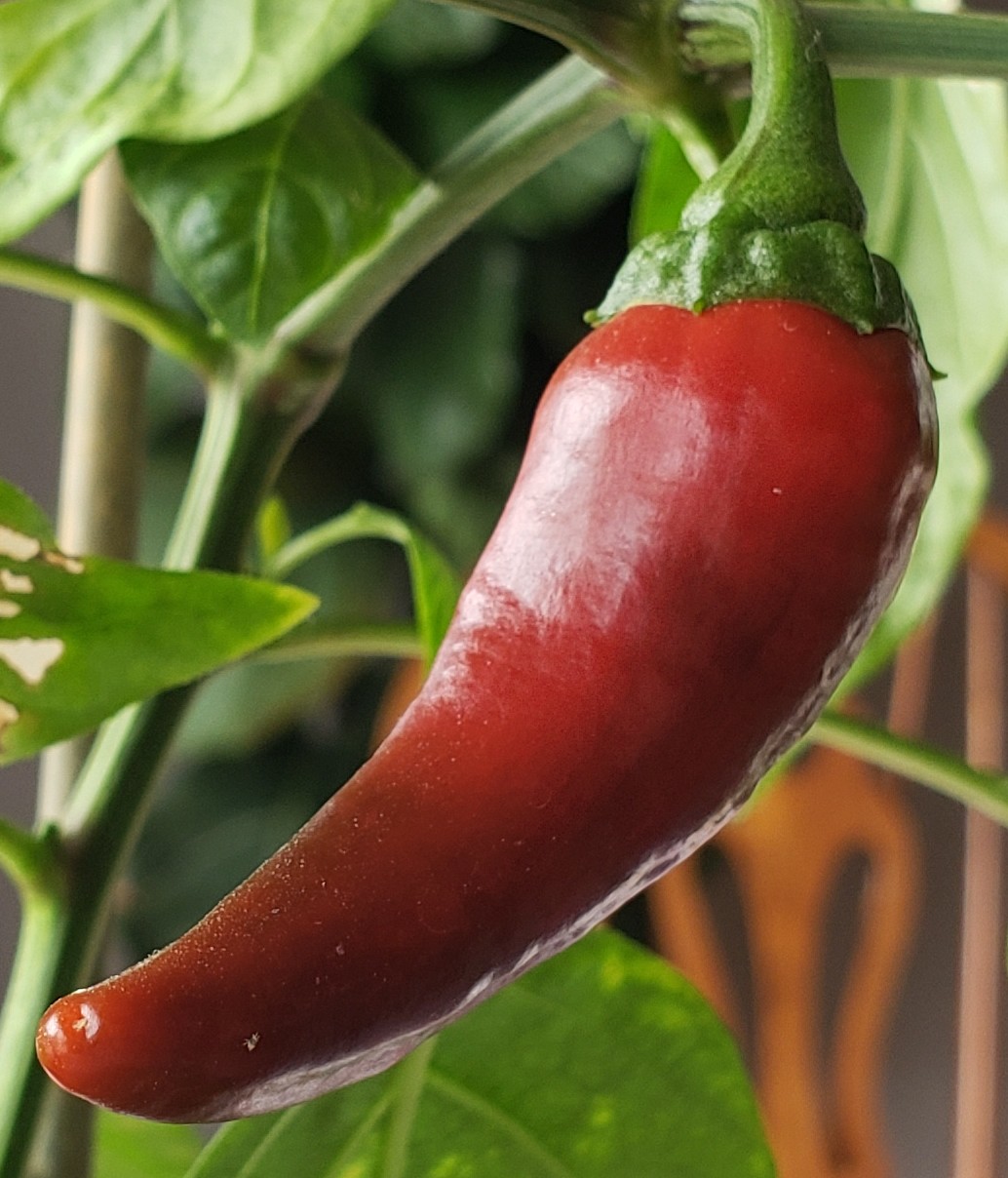i’m trying to improve the soil quality in my yard, it’s hard and clay-like and roots have a hard time going down below like 4 cm. i have cow patties, rice hulls, rinsed coco coir and some cardboard.
currently the plan has been to mix up the patties and rice hulls and bury that below ground (completed already), then mulch with the coir + hulls + patties, then finally cover with cardboard. the yard is small so not much cardboard involved. i’m growing cucumbers, tomatoes, peppers, eggplants and beans this year, they should have been in the ground already but i wanted to grow from seed and my cats got to the sprouts. so i gotta get new ones 
please tell me what i am missing or what i could do better.


I’m less of a fan of hugelkultur beds outside of specific applications.
Tbh they are very nitrogen hungry and depending on how you’ve established them it can be a pain to grow things that have a deeper root system.
If you know what you’re doing with them or you have an overabundance of logs, especially if you’re dealing with large amounts of land, then go wild. But I think that you can get to the end result of hugelkultur beds quicker or more simply via other means.
If the end goal of hugelkultur is a loamy soil which is high in microbial/mycorrhizal activity then the quick route is to achieving that is by a more intensive route, which is applicable for a small scale backyard garden.
I’d be getting wood chips and/or sawdust and either burying them under a decent layer of soil or, better yet, I’d inoculate the wood waste with oyster mushroom mycelium to encourage the rapid decomposition of the lignin in the wood and making a large open-air mushroom bed. Because this will be breaking down quickly it will be stupidly thirsty for nitrogen but that’s where the right manures and pissing in your garden is going to make a big difference. I’m unconvinced that chop-and-drop is really effective however.
The downside of this approach is that it’s going to be difficult to grow plants in (except perhaps getting a lush harvest of oyster mushrooms, I guess?) but this can be mitigated by digging trenches, filling it with compost and suitable soil media, and growing in designated spots. This requires more effort but for a couple of years of mucking around with this, you’ll end up getting to the end point much quicker and because you have used wood waste rather than logs for a hugel, you have the ability to dig down and create small pockets of ideal soil conditions for growing in while you’re waiting for the wood to break down.
In-situ worm farming is really ideal in this application too.
To either expedite this process or to augment it, either for top-dressing the soil, for creating the trenches for growing, etc. or for dealing with excess wood waste I’d be making a Johnson-Su bioreactor if space permits.
Caveats that certain types of wood can leach compounds into the soil - yes “chemicals” - that may inhibit the growth of nearby plants. Either sourcing the right wood or using plenty of water regularly while also understanding that the next couple of years of gardening is just going to be a bit of a gamble is necessary here.
Also be careful digging trenches into heavy clay soil if your region has high rainfall or it’s prone to bouts of torrential rain as the trenches can create sinks that fill up with water so ymmv.
Great advice about daikon radishes etc. if I wanted to amend heavy clay soil I’d be going for that every time.